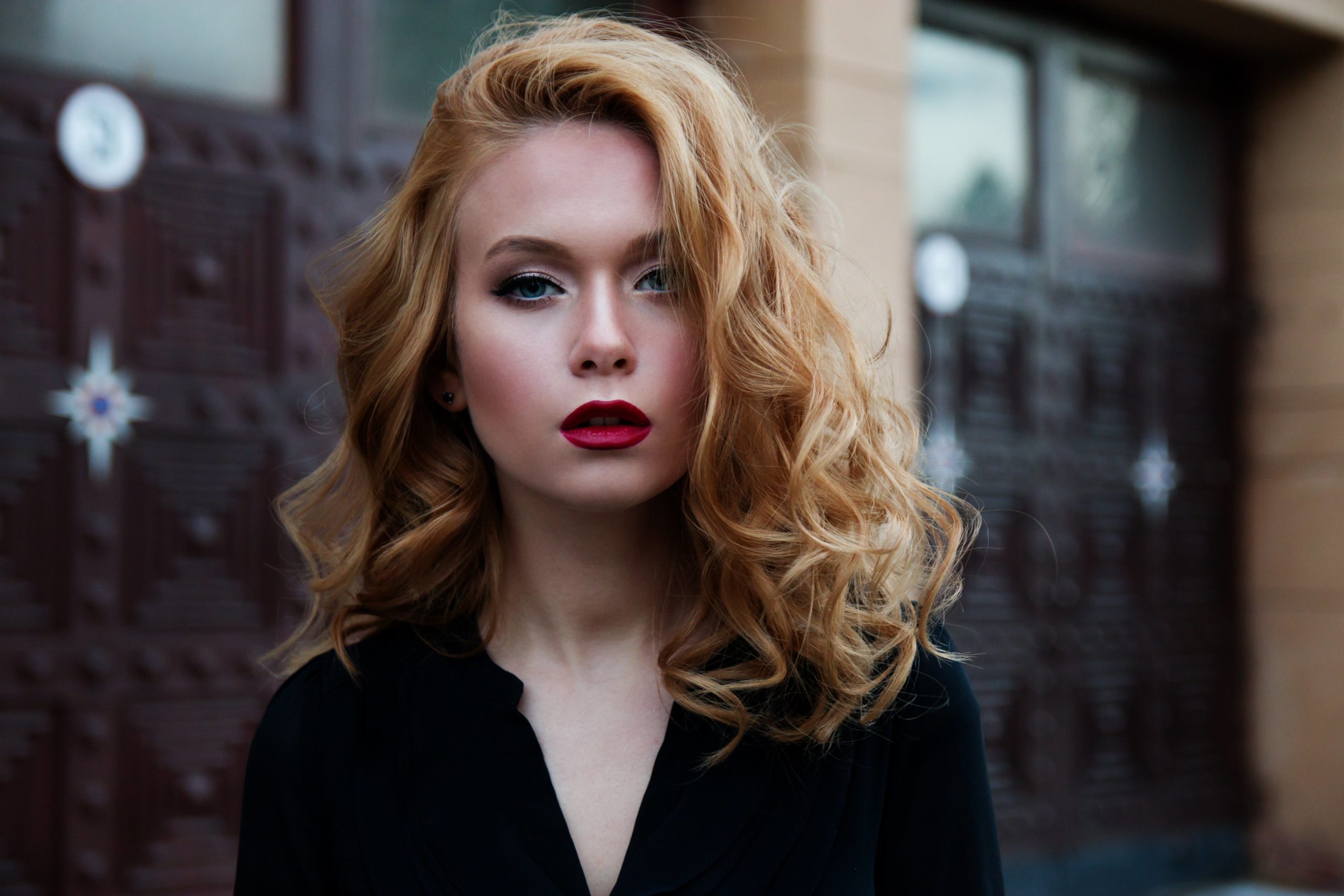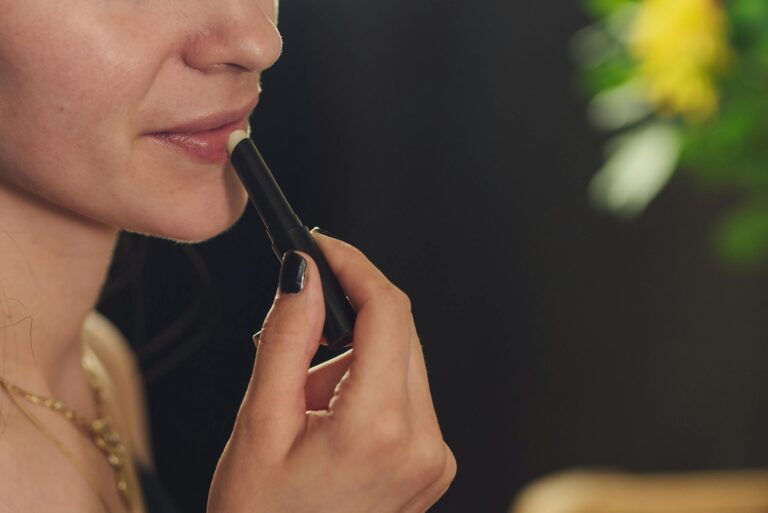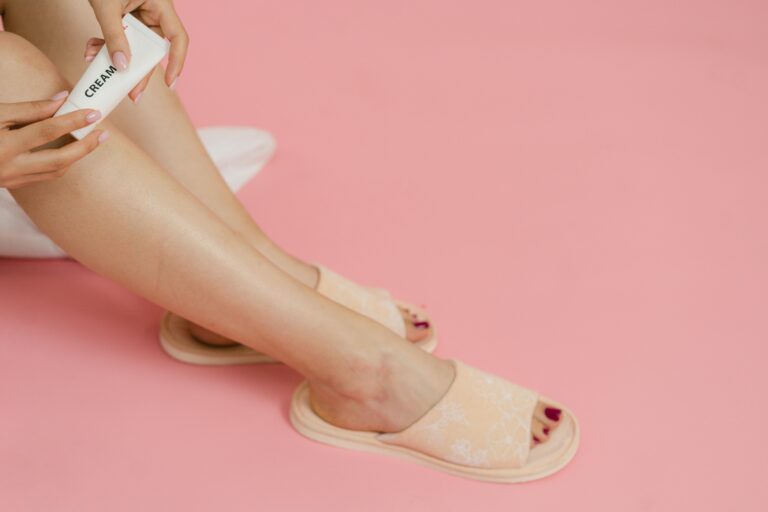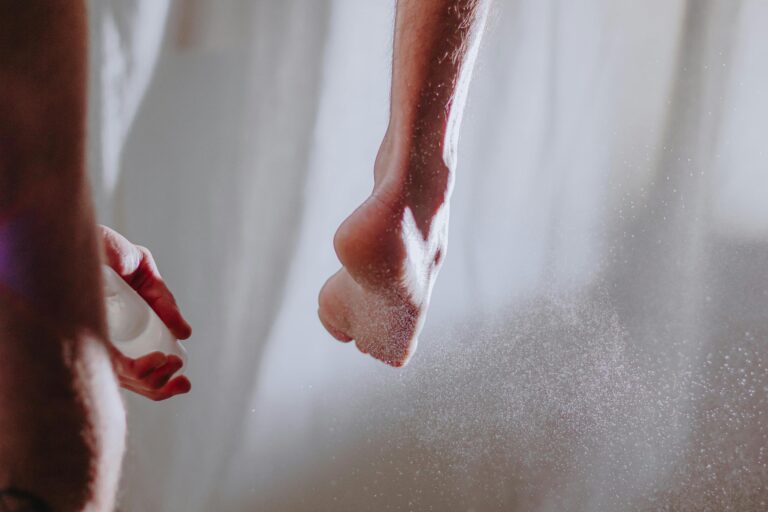Beauty, often dismissed as superficial, has wielded a profound influence in shaping historical empowerment movements. Beyond the surface, the concept of beauty has been a tool for societal resistance, self-expression, and cultural transformation.
This article explores the multifaceted role beauty has played in historical contexts, from challenging rigid norms to empowering marginalized communities.
The Renaissance and Artistic Empowerment
The Renaissance, a period of cultural rebirth in Europe during the 14th to 17th centuries, witnessed a transformative connection between beauty and empowerment.
Art became a medium through which societal norms were questioned and challenged. Artists like Leonardo da Vinci and Botticelli portrayed a diverse range of subjects, celebrating individual beauty and diverging from the previously rigid depictions.
Portraits of women, previously confined to societal ideals, began to reflect a broader range of features and expressions. This shift in artistic representation laid the foundation for challenging conventional notions of beauty and empowered individuals to embrace their unique identities.
Victorian Era and Symbolic Beauty
The Victorian era, marked by strict societal codes and expectations, witnessed a nuanced relationship between beauty and empowerment.
Symbolic gestures of beauty, such as the language of flowers and intricately crafted accessories, allowed individuals to communicate sentiments that defied societal constraints.
Corsets and elaborate clothing were not only fashion statements but also instruments of empowerment. Women, constrained by societal expectations, used fashion to subtly subvert norms.
The come outnce of the Aesthetic Movement challenged the rigid Victorian aesthetic, emphasizing the importance of beauty and art for their own sake, rather than conforming to societal expectations.
The Harlem Renaissance and Black Empowerment
The Harlem Renaissance of the 1920s was a pivotal moment for black empowerment, and beauty played a central role in expressing cultural pride and identity.
The movement embraced a celebration of African American beauty, challenging Eurocentric ideals. From fashion to music and visual arts, the Harlem Renaissance was a testament to the empowering nature of reclaiming one’s cultural roots.
The come outnce of the “New Negro” reflected a shift in beauty standards, embracing natural hairstyles and rejecting the imposed ideals of straightened hair. Beauty became a powerful tool for self-expression and cultural assertion, fostering a sense of empowerment within the African American community.
1960s Counterculture and Liberation
The 1960s counterculture movement was characterized by a rejection of societal norms and a pursuit of individual freedom. Beauty became a form of rebellion and self-expression during this era. The rejection of traditional gender roles and the embrace of androgynous styles challenged established notions of beauty.
The hippie movement, with its emphasis on natural beauty, rejected mainstream beauty standards. Tie-dye clothing, flower crowns, and a preference for simplicity over opulence became symbols of the counterculture’s rejection of societal norms. Beauty, in this context, became a powerful statement of individualism and a catalyst for social change.
LGBTQ+ Rights and Beauty as Identity
The LGBTQ+ rights movement has seen beauty come out as a key element of identity and empowerment. From the flamboyant styles of drag culture to the celebration of diverse body types, the LGBTQ+ community has used beauty as a means of self-affirmation.
The mainstream acceptance of Pride parades and events has allowed individuals to express their identity through beauty in an unapologetic manner. Makeup, clothing, and hairstyles have become powerful tools for individuals to assert their identity, challenge stereotypes, and foster a sense of community and empowerment.
Conclusion
Throughout history, beauty has been far more than a fleeting aesthetic concern—it has been a catalyst for empowerment and societal change. From challenging artistic norms during the Renaissance to fostering black pride in the Harlem Renaissance and defying gender norms in the 1960s counterculture, beauty has played a pivotal role in shaping historical movements.
FAQs
Q1: How did the Renaissance challenge conventional beauty norms?
The Renaissance challenged conventional beauty norms through art that portrayed a diverse range of subjects, breaking away from rigid depictions and celebrating individual beauty.
Q2: How did the Victorian era use symbolic beauty for empowerment?
In the Victorian era, symbolic gestures of beauty, such as the language of flowers and fashion choices, allowed individuals to communicate sentiments that defied societal constraints and subtly subverted norms.
Q3: What role did beauty play in the LGBTQ+ rights movement?
In the LGBTQ+ rights movement, beauty has been a key element of identity and empowerment. Makeup, clothing, and hairstyles have become powerful tools for individuals to assert their identity, challenge stereotypes, and foster a sense of community and empowerment.



